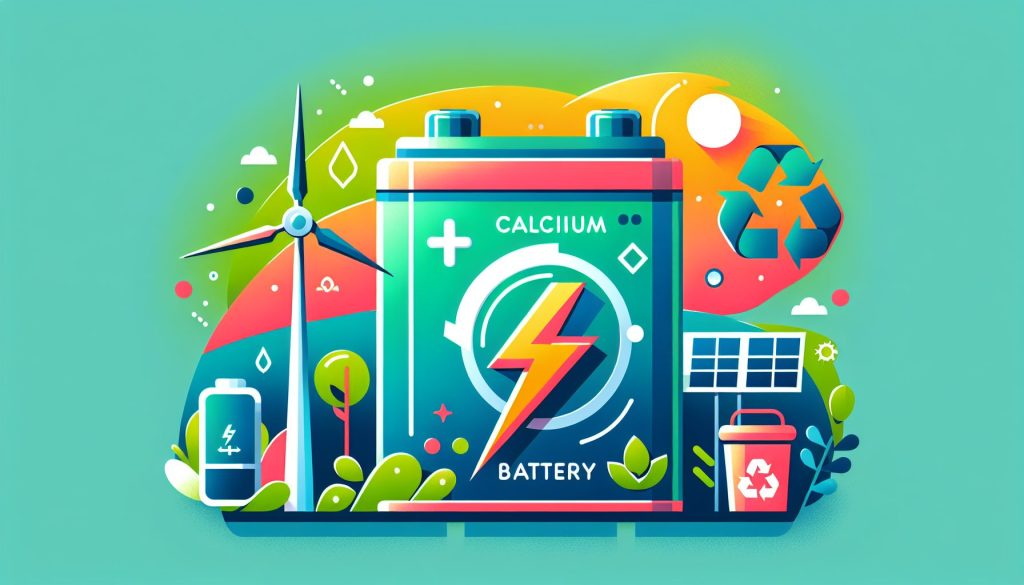Lithium has reigned in the battery world for decades. Researchers have tried for years to make a cheaper, more sustainable successor to lithium-ion batteries by using the element’s more common neighbours on the periodic table. Sodium batteries are gaining ground, and commercialization is underway. Research on potassium and magnesium batteries is also making steady progress.
Yet when it comes to abundance and cost, calcium takes the crown. The third-most abundant metal, after iron and aluminum, calcium is present most everywhere in Earth’s crust. By contrast, the main metals used in lithium-ion batteries—lithium, nickel, and cobalt—are concentrated in certain geographical regions, which makes them expensive and where mining them is often hard on people and the environment.
Scientists first experimented with calcium-based batteries in the 1960s. But they worked only at high temperatures and fizzled out after....

